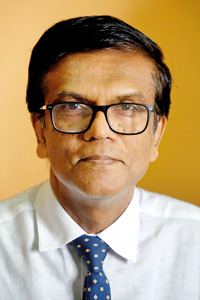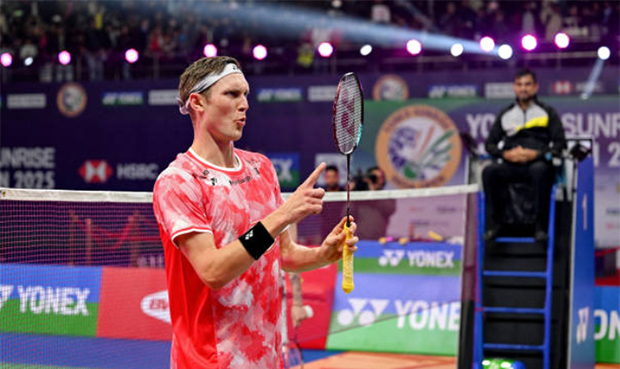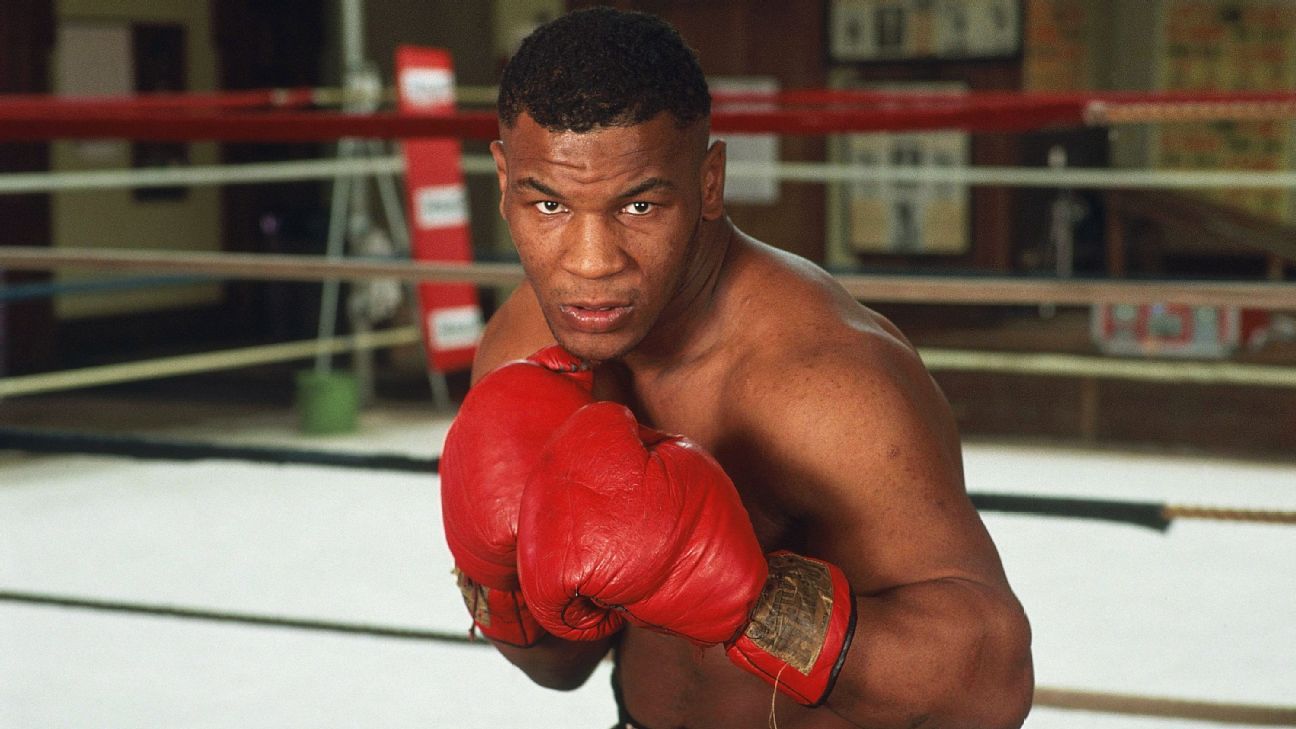amicitaacademy.com – When it comes to football leagues with passion, history, and world-class talent, few can rival La Liga. Officially known as LaLiga EA Sports due to sponsorship reasons, the top tier of Spanish football has long been a showcase of skill, drama, and fierce rivalries. From the sun-soaked stadiums of Andalusia to the buzzing arenas in Madrid and Barcelona, La Liga continues to capture the attention of millions around the globe.
A Brief History of La Liga
Founded in 1929, La Liga has grown into one of the most prestigious and competitive football leagues in the world. It started with just 10 teams, but today, 20 clubs battle it out annually for the coveted domestic crown.
Over the years, La Liga has been home to some of the greatest players and moments in football history, from the artistry of Johan Cruyff and Zinedine Zidane to the modern-day brilliance of Lionel Messi and Cristiano Ronaldo.
The Giants: Real Madrid vs. Barcelona
The most iconic storyline in La Liga is undoubtedly El Clásico—the fierce rivalry between Real Madrid and FC Barcelona. This clash goes beyond football, reflecting regional pride, political undertones, and decades of historic encounters.
Real Madrid holds the record for the most La Liga titles, but Barcelona has often challenged their dominance, especially in the 21st century. Together, they’ve created unforgettable matches that define not just La Liga, but world football as a whole.
Beyond the Big Two
While Madrid and Barcelona often steal the headlines, La Liga’s depth is part of what makes it special. Atlético Madrid under Diego Simeone has disrupted the duopoly, winning the league in 2014 and 2021 with a blend of grit and tactical mastery.
Other historic clubs such as Sevilla FC, Real Sociedad, Real Betis, and Athletic Bilbao also contribute to the league’s competitive edge. Sevilla, for instance, has carved out a name as Europe’s “Kings of the Europa League,” while Athletic Bilbao remains unique for fielding players exclusively from the Basque region.
Style of Play: Technical Brilliance Meets Tactical Sophistication
La Liga is renowned for its technical and tactical style. Unlike some other leagues that emphasize physicality or speed, La Liga prioritizes possession-based football, creativity, and technical excellence. It’s no surprise that many Spanish teams consistently perform well in European competitions, as their style is both aesthetically pleasing and effective.
The success of Spain’s national team, with their golden era from 2008 to 2012, was heavily influenced by La Liga’s technical development, with players like Xavi Hernandez, Andres Iniesta, and Sergio Busquets serving as the backbone of their tiki-taka dominance.
La Liga’s Global Reach
In recent years, La Liga has gone global, with matches broadcasted in over 180 countries and a growing fanbase in regions like Asia, the Americas, and the Middle East. The league has also expanded its digital presence, creating multilingual content and engaging international fans through social media.
The influx of international talent has further broadened its appeal. While Spain continues to produce top players, stars from Brazil, Argentina, France, Croatia, and beyond light up La Liga each week.
Current Season Talking Points (2024/2025)
As of the 2024/2025 season, La Liga is shaping up to be as thrilling as ever. Real Madrid, reinforced by young stars like Jude Bellingham and veterans such as Toni Kroos, are leading the charge. Barcelona, with Xavi at the helm and a new generation of La Masia graduates, remains in hot pursuit.
Meanwhile, Atlético Madrid, Real Sociedad, and Girona have been punching above their weight, creating unexpected upsets and keeping the title race wide open.
The league also continues to attract emerging talent, with players like Nico Williams, Takefusa Kubo, and Lamine Yamal gaining global attention for their performances.
La Liga and the Future
Looking ahead, La Liga is focusing on sustainability, youth development, and maintaining its status as a top football destination. Investments in stadium renovations, such as the transformation of Santiago Bernabéu into a cutting-edge sports and entertainment venue, signal a bright and modern future.
Additionally, the league’s commitment to VAR technology, financial fair play, and fan engagement ensures it stays competitive with other European leagues like the English Premier League and Serie A.
Final Thoughts
La Liga continues to be more than just a football competition—it’s a cultural phenomenon that blends history, artistry, and fierce competition. Whether you’re drawn in by El Clásico, a love for technical football, or the charm of underdog stories from clubs like Villarreal and Getafe, La Liga offers something for every football fan.
As the current season heats up, one thing is certain: La Liga’s magic shows no signs of slowing down.






